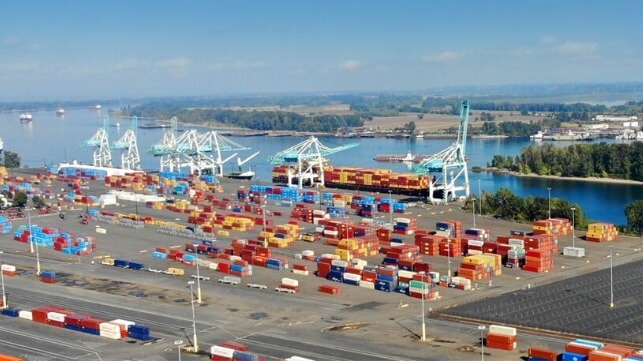MINING.COM Editor | April 18, 2024 |
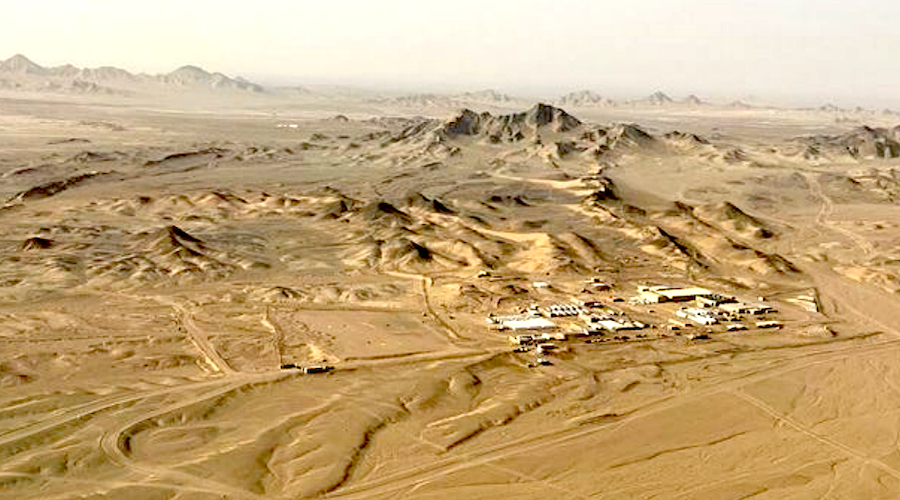
Reko Diq mine camp. (Image: Barrick’s presentation | July 2022.)
Saudi Arabia is said to be close to reaching a deal to acquire a minority stake in Pakistan’s $7 billion Reko Diq copper and gold mine, controlled by Barrick Gold (TSX:ABX)(NYSE:GOLD).

According to Bloomberg, the kingdom’s investment fund Manara Minerals intends to invest close to $1 billion in the project and it may announce a preliminary agreement on the transaction terms within weeks.
The Saudi company might gradually raise its stake in Reko Diq, in which the government of Pakistan has a 25% interest and the province of Balochistan has the remaining 25%.
Discussions are at a very early stage and could still collapse or be postponed, sources close to the matter told Bloomberg.
Barrick chief executive Mark Bristow has said in recent interviews that he doesn’t want to “dilute” the company’s stake in the project, but “would not mind” if Saudi Arabia’s Public Investment Fund (PIF) wants to buy out the equity of the Pakistan government. Pakistan has not publicly stated whether it is considering selling its part in the project.
Barrick, the world’s No.2 gold producer, believes that the proposed mine is one of the world’s largest underdeveloped copper-gold prospects.
The project, in the Balochistan region bordering Afghanistan and Iran, has the capacity to produce 200,000 tonnes of copper and 250,000 ounces of gold annually year for more than 50 years. Production is expected to begin in 2028.
Manara was established as part of Saudi Arabia’s efforts to diversify its economy from oil, tapping its vast resources of phosphate, gold, copper and bauxite while buying minority stakes of up to 20% in assets overseas. It is a joint venture between state-owned miner Ma’aden and the PIF.
Manara’s first major venture overseas was a deal inked with Vale (NYSE: VALE) last July to become a 10% shareholder in the Brazilian miner’s $26 billion copper and nickel spin-off Vale Base Metals.
(With files from Bloomberg and Reuters)
Rio Tinto, Saudi Arabia said to vie for stake in First Quantum mines
Bloomberg News | April 18, 2024 |

First Quantum’s 80%-owned Kansanshi mine in Zambia is Africa’s largest copper operation. (Image courtesy of Liam Richer | YouTube)
Rio Tinto Group and Saudi Arabia’s state-backed Manara Minerals Investment Co. are among suitors considering bids for a stake in First Quantum Minerals Ltd.’s Zambian copper mines, according to people familiar with the matter.

Japanese trading houses Mitsui & Co. and Sumitomo Corp. have also been studying the assets, the people said, asking not to be identified as the talks are private. First Quantum is looking to sell a minority stake in its Sentinel and Kansanshi mines in Zambia and is seeking first-round bids in the coming weeks, they said.
The assets could also attract interest from Chinese companies such as Zijin Mining Group Co. and Jiangxi Copper Co., which is First Quantum’s second-biggest shareholder, the people said. The process is in the early stages and there’s no certainty the parties will proceed with bids.
Zambia accounted for about half of First Quantum’s copper output and revenue last year, and delivered more than $450 million in operating profit.
First Quantum is selling a stake in its Zambian assets after it was ordered to close its flagship copper mine in Panama last year following public protests. That left the company scrambling to refinance the debt it took on to build the mine. The firm sold about $1 billion in stock and raised $1.6 billion from a notes offering earlier this year and has said it may look at divesting smaller mining assets.
A spokesperson for Sumitomo said that the company continues to explore opportunities to acquire stakes in copper operations, declining to comment on specific deals. Spokespeople for First Quantum, Rio, Mitsui and Jiangxi Copper declined to comment. Representatives for Manara and Zijin Mining couldn’t immediately be reached.
The copper mines are attracting interest from a range of investors because demand for the metal is expected to soar in coming years. Copper is crucial for the production of electric vehicles and renewable energy infrastructure, while there is a lack of new mines being built.
And there are also relatively few good assets to buy. Some of the mines available in the central African copper belt, which stretches through Zambia and the Democratic Republic of Congo, aren’t appealing to buyers, and major firms are unwilling to sell stakes in their most important developments.
That means companies that have previously avoided taking stakes in mines in Africa — such as Japanese trading houses — have started to become more open to the possibility.
Rio, the world’s second-largest mining company, is generally reluctant to be a non-operator and has also avoided the central Africa region. The company’s copper head said at a recent conference that he sees much more value in building mines rather than buying existing assets. Still, the company has some ties with First Quantum and sold it a majority stake in a development project in Peru last year.
For Saudi Arabia, the deal would be another major coup following its purchase of a stake in Vale SA’s base metals unit for $2.6 billion. The kingdom is looking to secure supplies of metals for its industrial ambitions as it attempts to diversify its economy away from oil.
(By Dinesh Nair, Vinicy Chan and Archie Hunter)
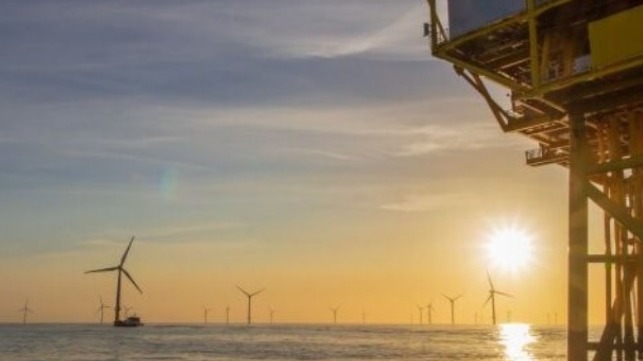
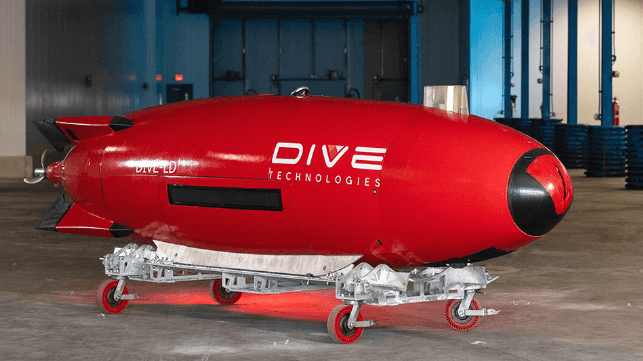
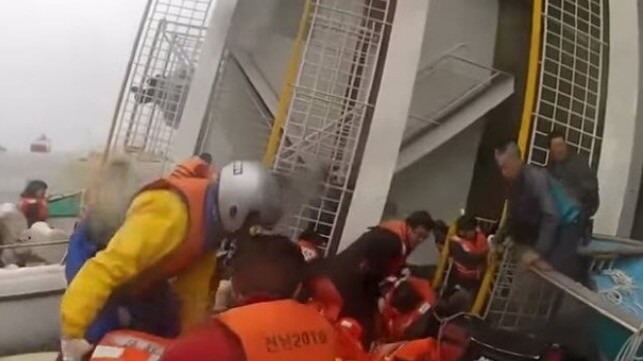
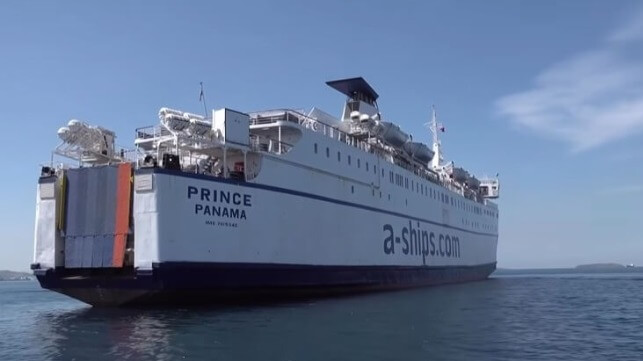
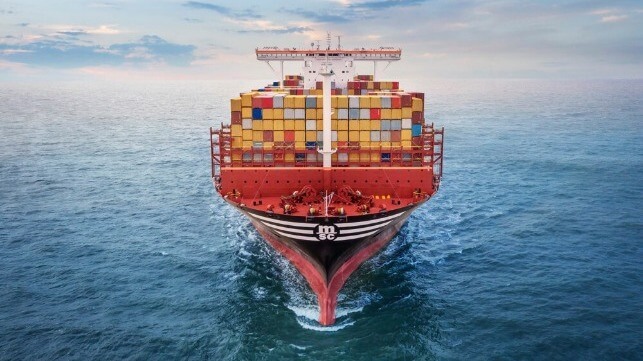
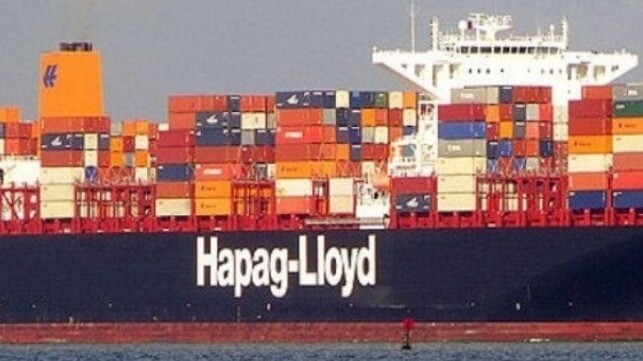
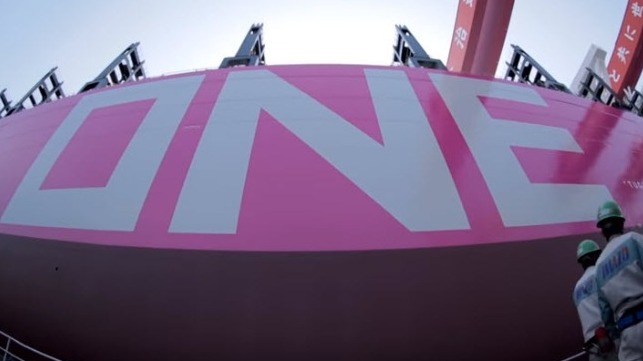
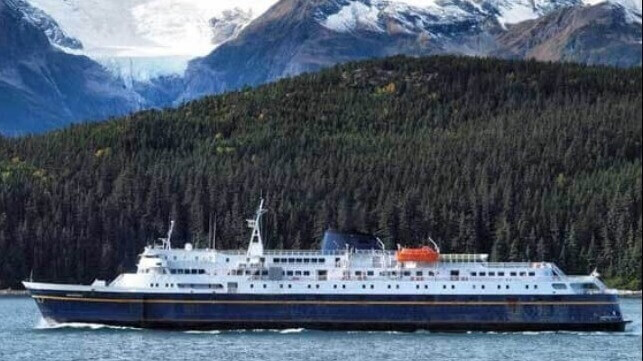
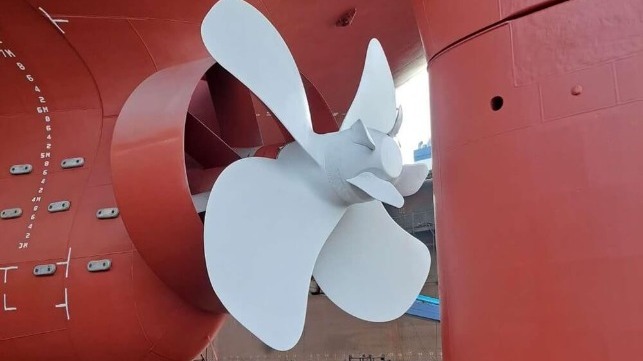
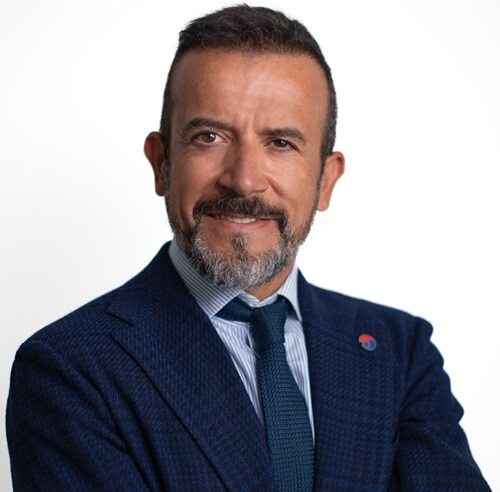 ERMA FIRST Co-Founder & Managing Director, Konstantinos Stampedakis stresses that the Greek company is intensely focused on helping ship owners decarbonize their operations over the next 15 to 20 years with a portfolio of sustainable future-proof solutions.
ERMA FIRST Co-Founder & Managing Director, Konstantinos Stampedakis stresses that the Greek company is intensely focused on helping ship owners decarbonize their operations over the next 15 to 20 years with a portfolio of sustainable future-proof solutions.